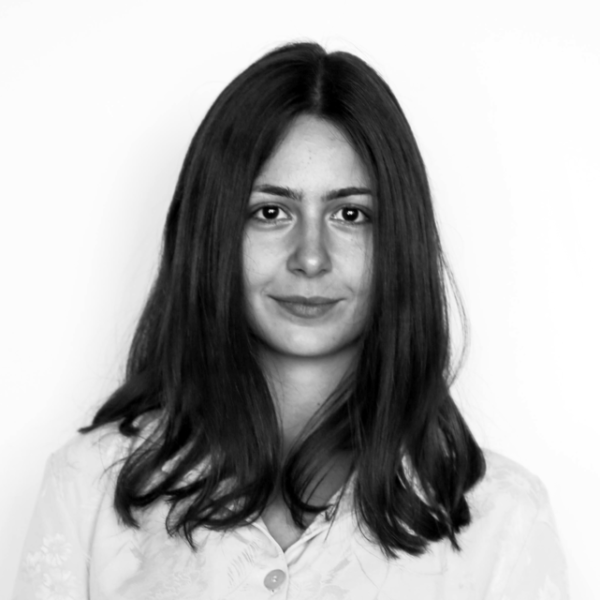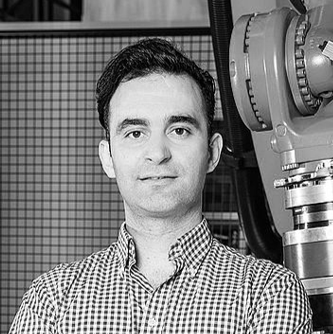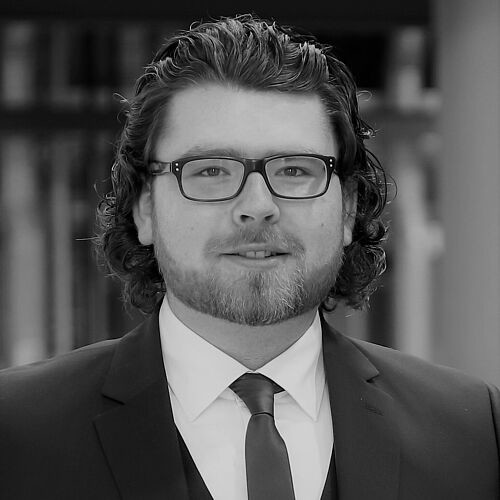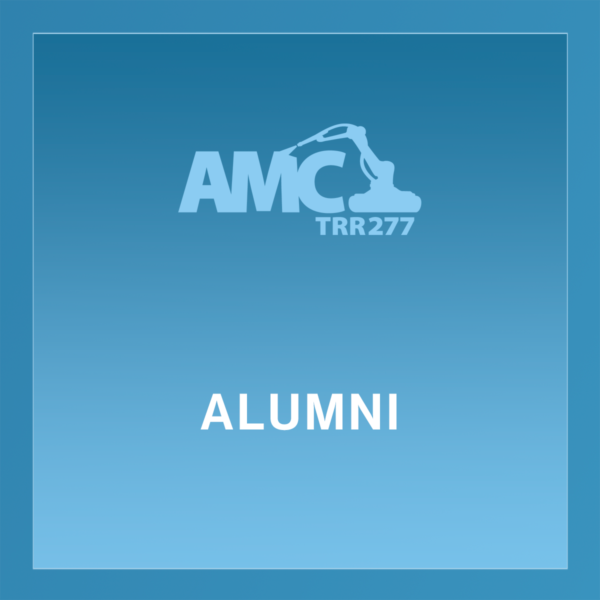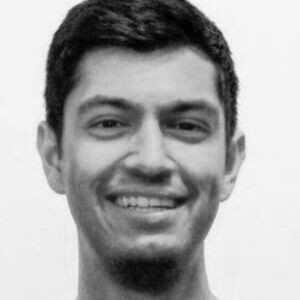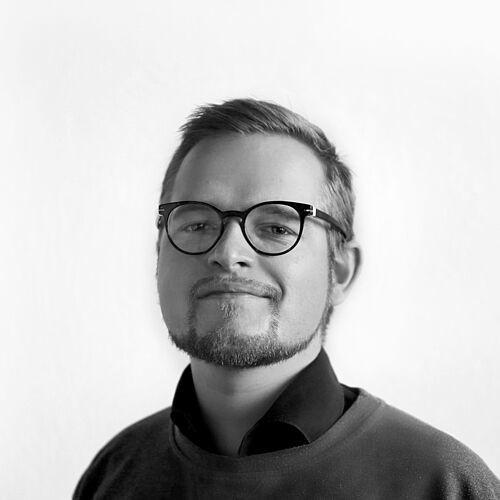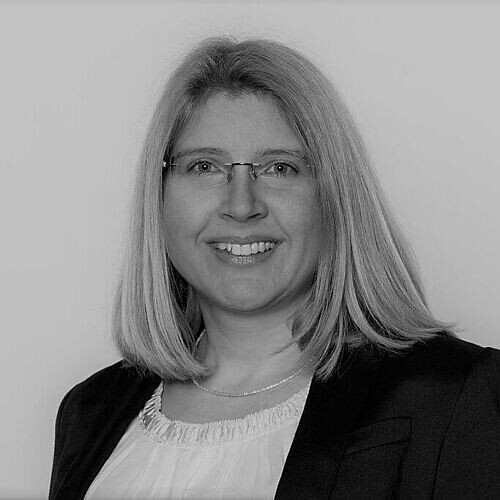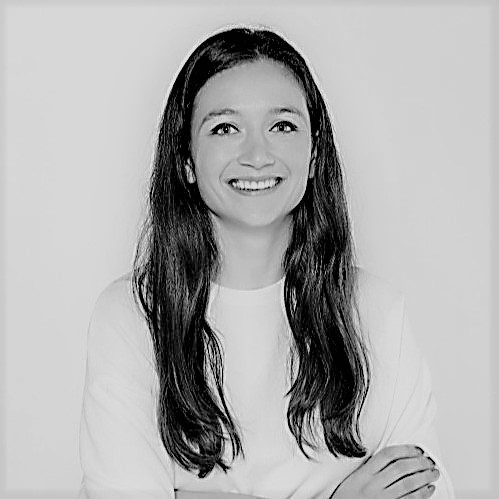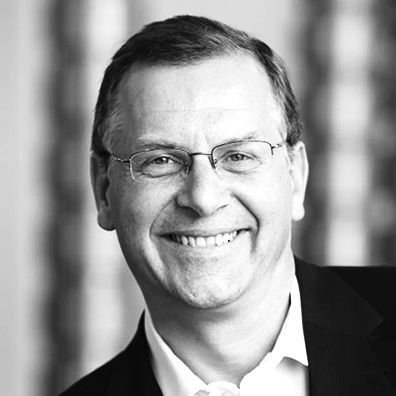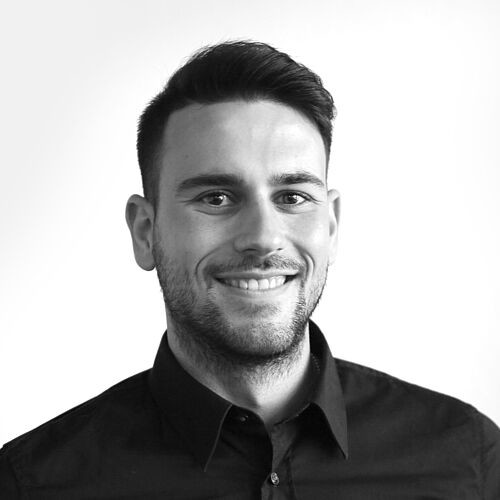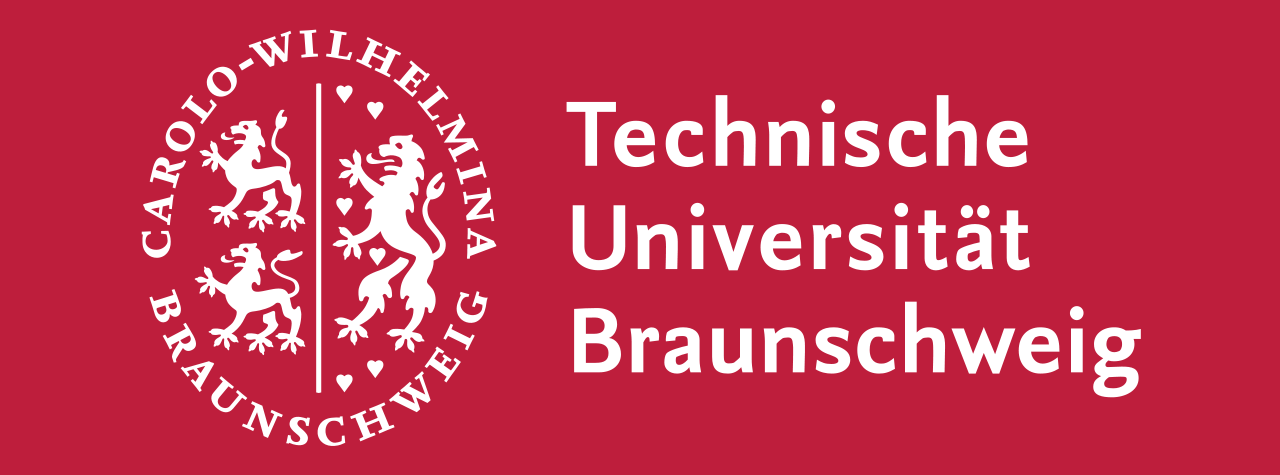Associates Overview
Guest Researchers
The AMC invites outstanding researchers from various disciplines, especially from abroad, as guests for longer and shorter stays. They are usually in close exchange with individual subprojects and support the project staff with their expertise. In lecture formats, they present their own research and discuss it together with the staff. At the end of each stay, the results obtained are published in joint publications. Proposals and invitations for guest researchers can be submitted to the AMC at any time.
Associated industry partners
Associated industry partners support the AMC in order to accelerate the transfer into application. In this way, the bridge between pure basic research and industry is to be further expanded. Along associated industry partners the technological value chain is bundled and a high relevance in practice is generated. Proposals for the association of industrial partners can be formulated by any AMC scientist to the AMC Executive Director. The speakers finally decide on an association.
Associated Scientists
Associated scientists and research groups whose scientific profile is closely related to the AMC and its projects. Associates are invited to participate in all AMC events and are supported by the AMC in the realization of their own projects. Proposals and invitations can be formulated by any AMC scientist to the AMC Executive Director. The spokespersons finally decide on an association.
Alumni
The circle of alumni includes all former employees, former guest scientists and former associated members of the AMC. Even after the official departure, the alumni continue to work together on the mutual use of the experience potential and on the development of a network. Likewise, the AMC should receive new impulses from its alumni.
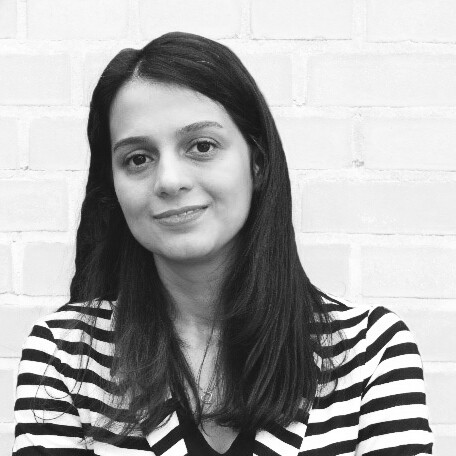
She has been appointed as co-coordinator of The Collaborative Research Center Transregio 277, Additive Manufacturing in Construction. Her research focus is the interface of structural engineering, architecture, and polymer science in order to adapt new technologies and materials in construction technology and design.
Professorship of Structural Design and Digital Fabrication at the Technical University of Munich
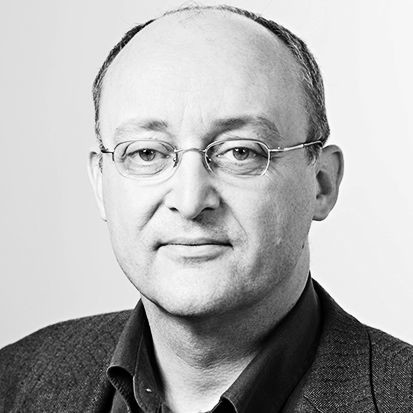
is the head of the chair of structur alanalysis. He is responsible for all actions, in particular regarding research, education and administration. He was esponsible for the C02 project and its coordination within the TRR. He guided all staff in that context and decided about research actions.
Chair of Structural Analysis, Department of Civil, Geo and Environmental Engineering
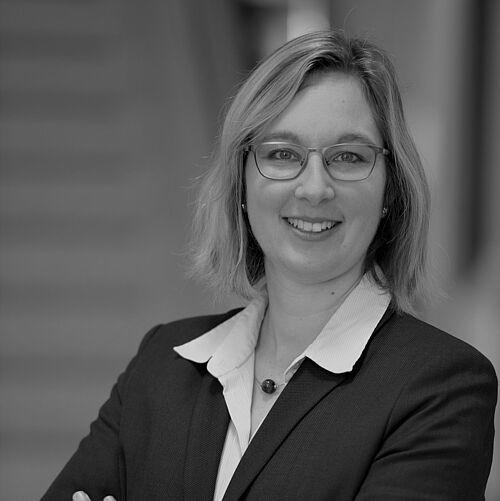
was head of the division Powder and Slurry Processes and supported Prof. Kwade in leading project A02.
Fakultät Verfahrenstechnik
Mechanische Verfahrenstechnik/Partikeltechnologie
Technische Hochschule Nürnberg Georg Simon Ohm
sandra.breitung-faes@th-nuernberg.de
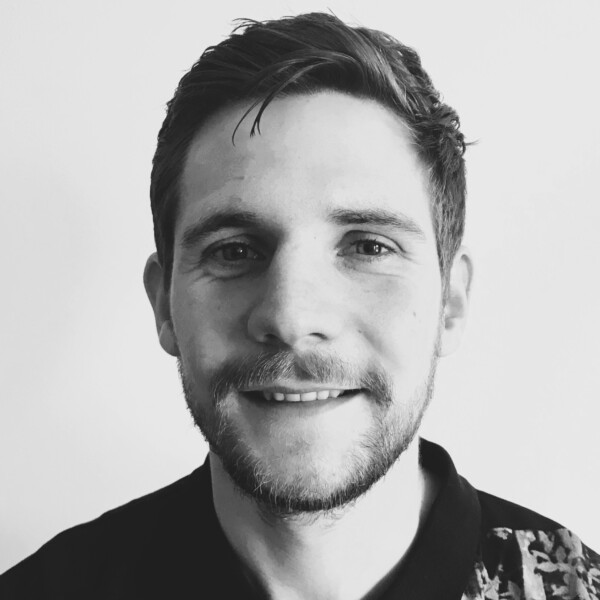
Tim Bürchner was a doctoral researcher at the Chair of Computational Modeling and Simulation at the TUM. In his research, he developed efficient, highly accurate and parallelizable methods for computational mechanics. For this purpose, workflows are designed to integrate geometric models of complex AM parts directly into the simulation of building scale models.
Chair of Computational Modeling and Simulation

is a mechanical engineer and doctoral researcher at TUM-HBB. For the project A08 he will work out the details of the fabrication process and is responsible for the topic of automatization. In C07 his responsibilities include the development of data acquisition concepts in order to identify relevant process parameters as well as the evaluation of generated data in order to form concepts for regulation and quality assessment.
Chair of Timber Structures and Building Construction
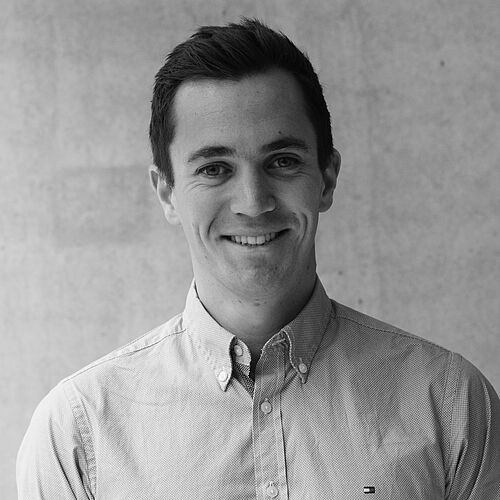
Doctoral researcher: for the duration of the research project carrying out the scientific studies. He will execute heat treatment, mechanical testing, and metallurgical analysis, the investigation of geometry influence on structural performance and finally the analysis of results in view of first AM design guidelines.
Chair of Metal Structures

